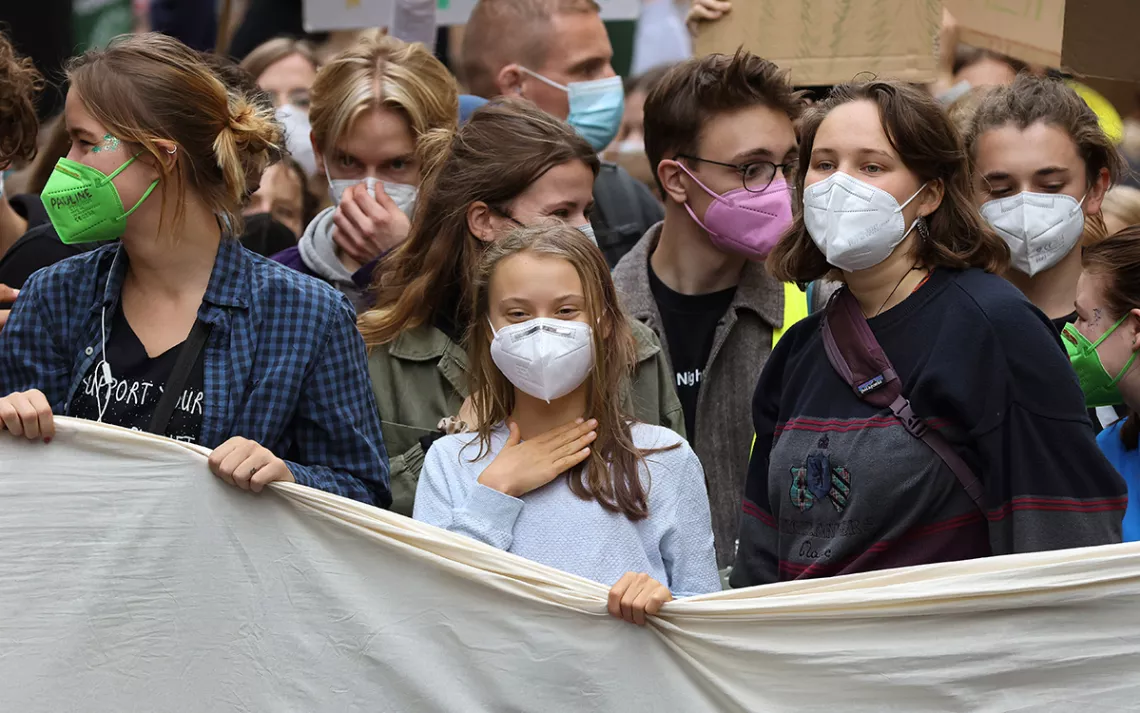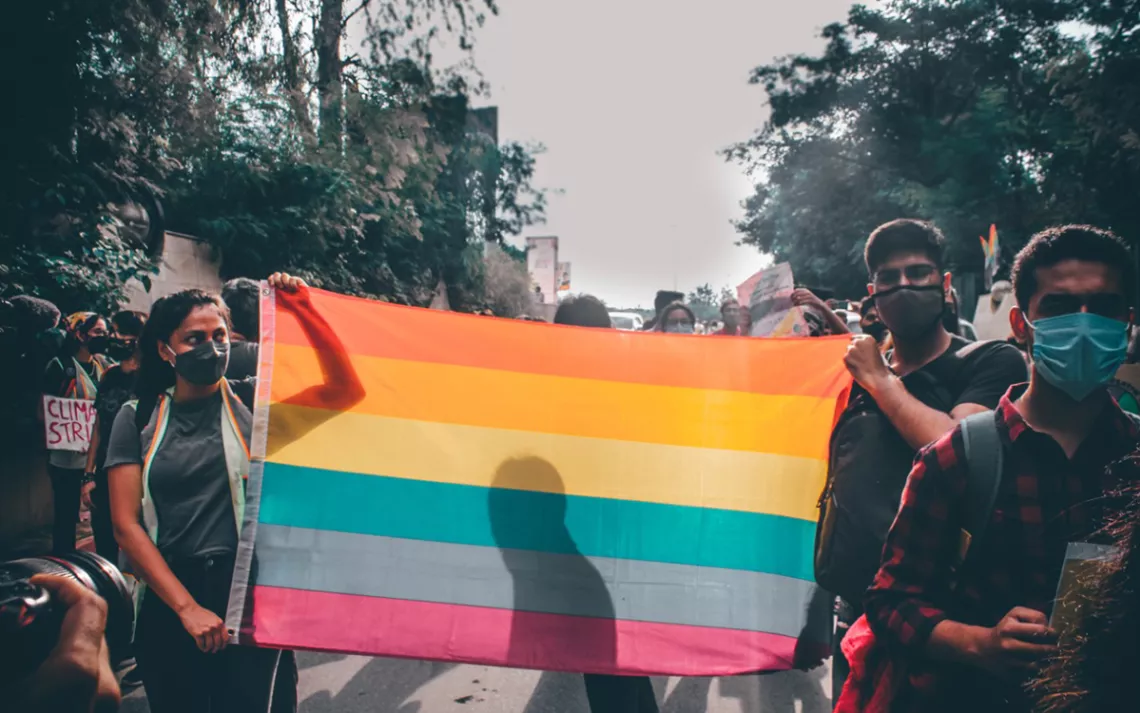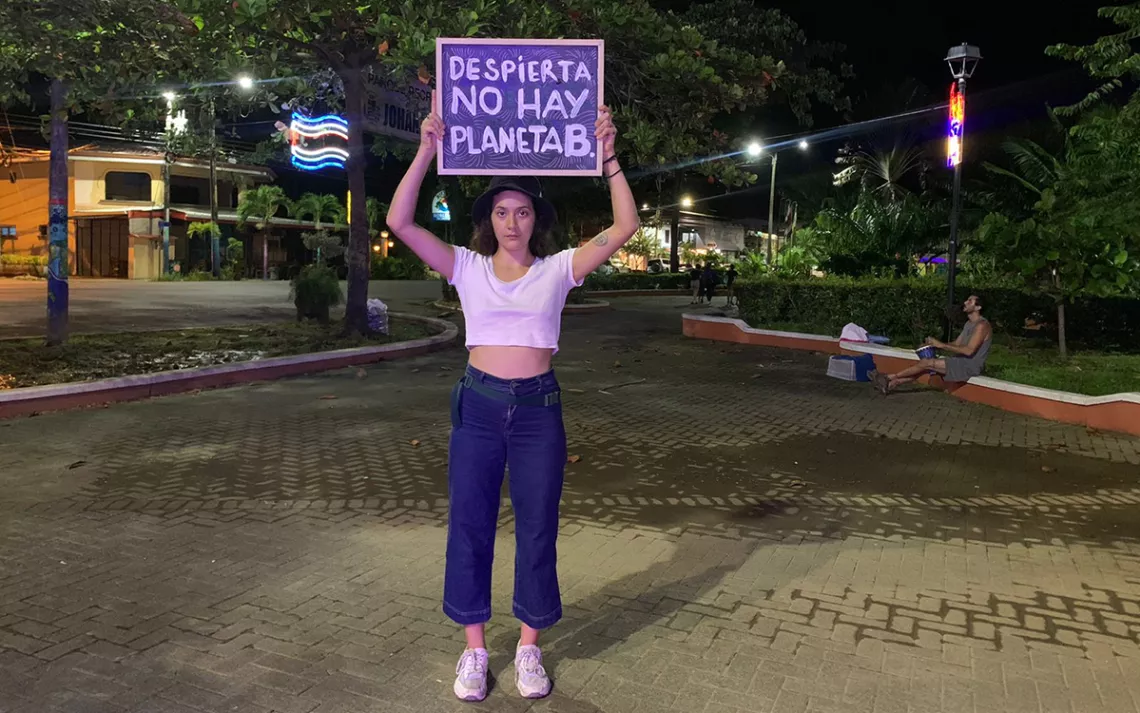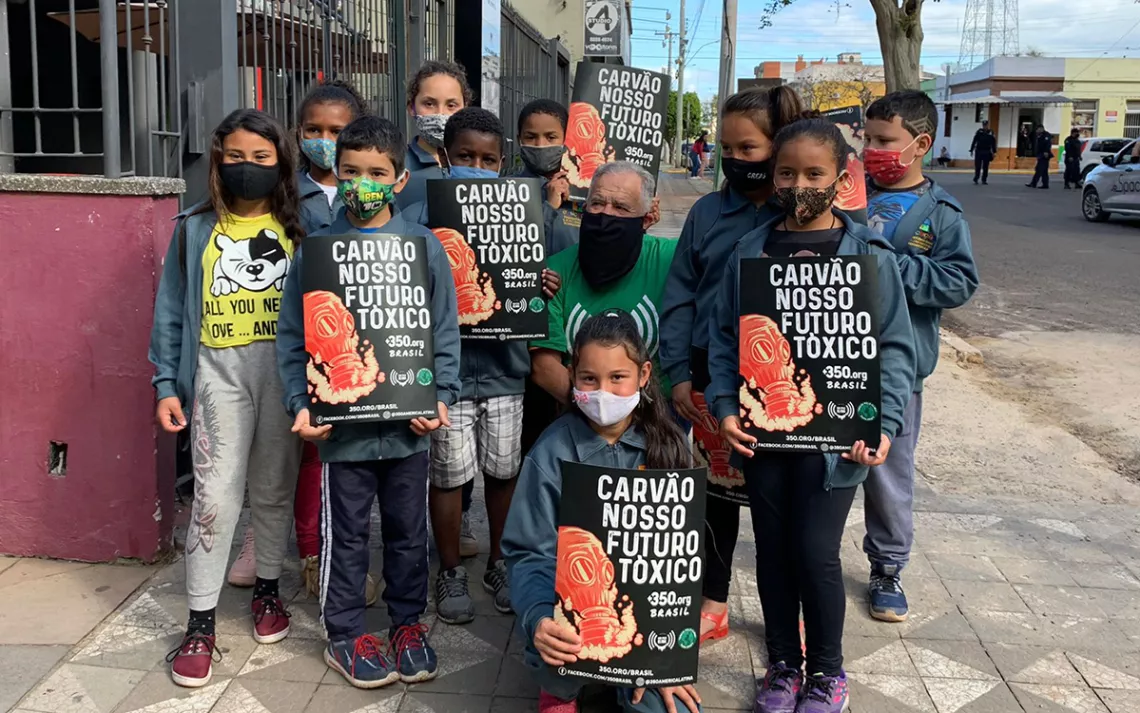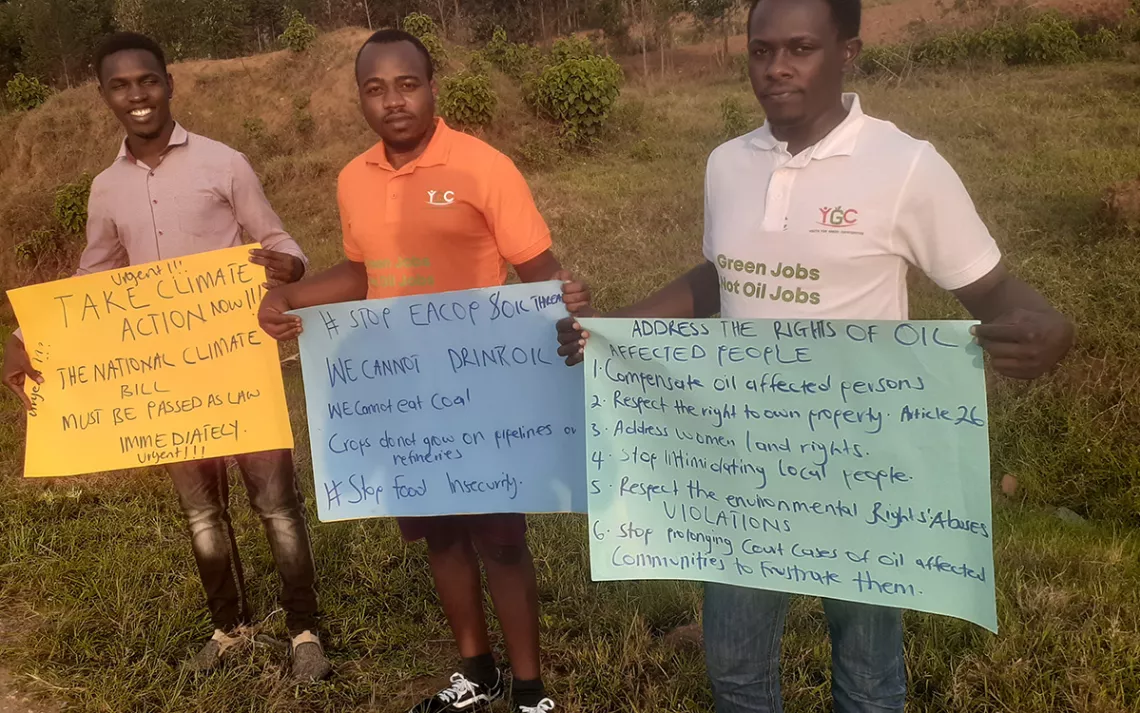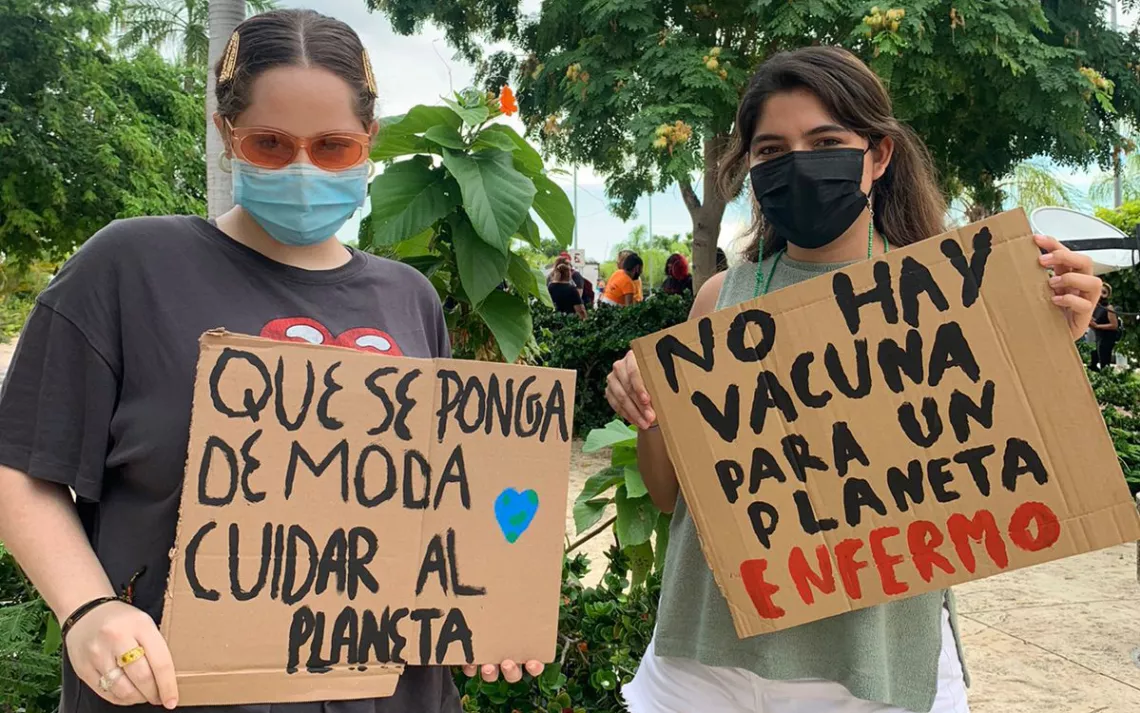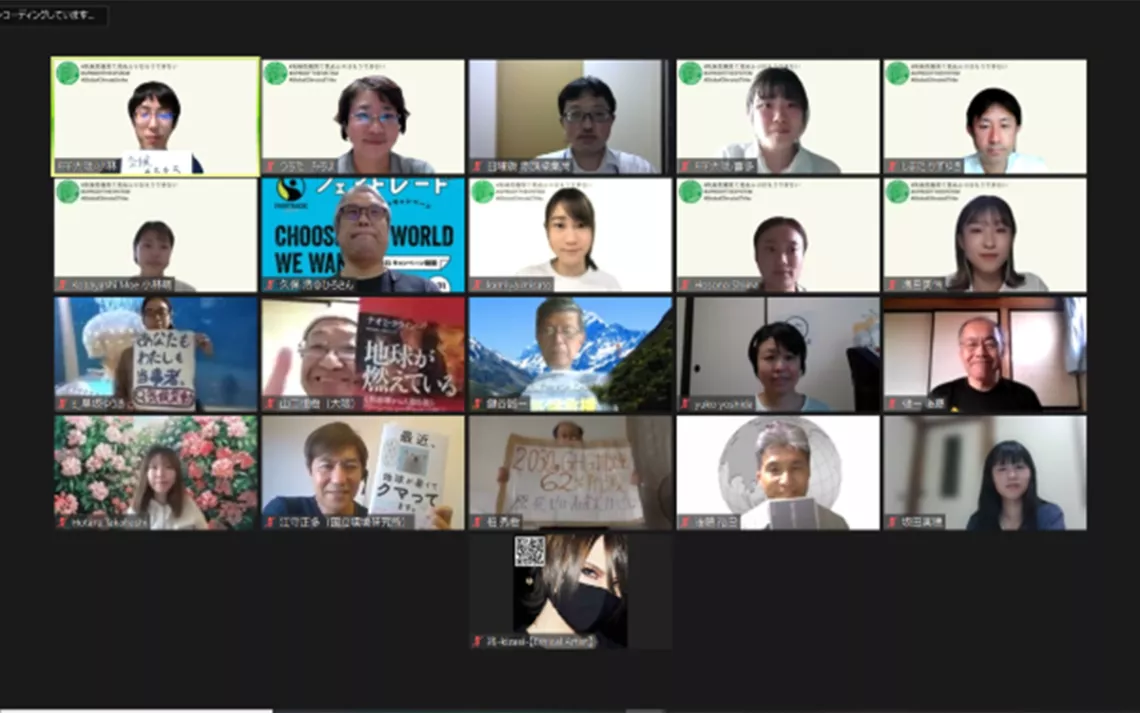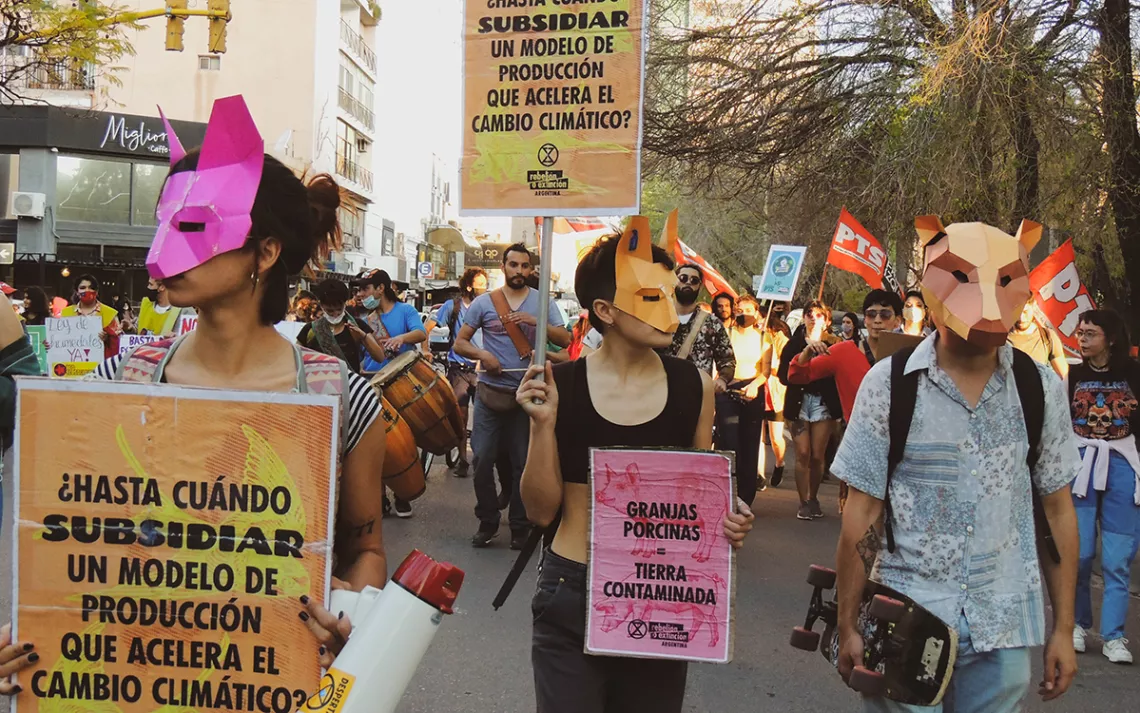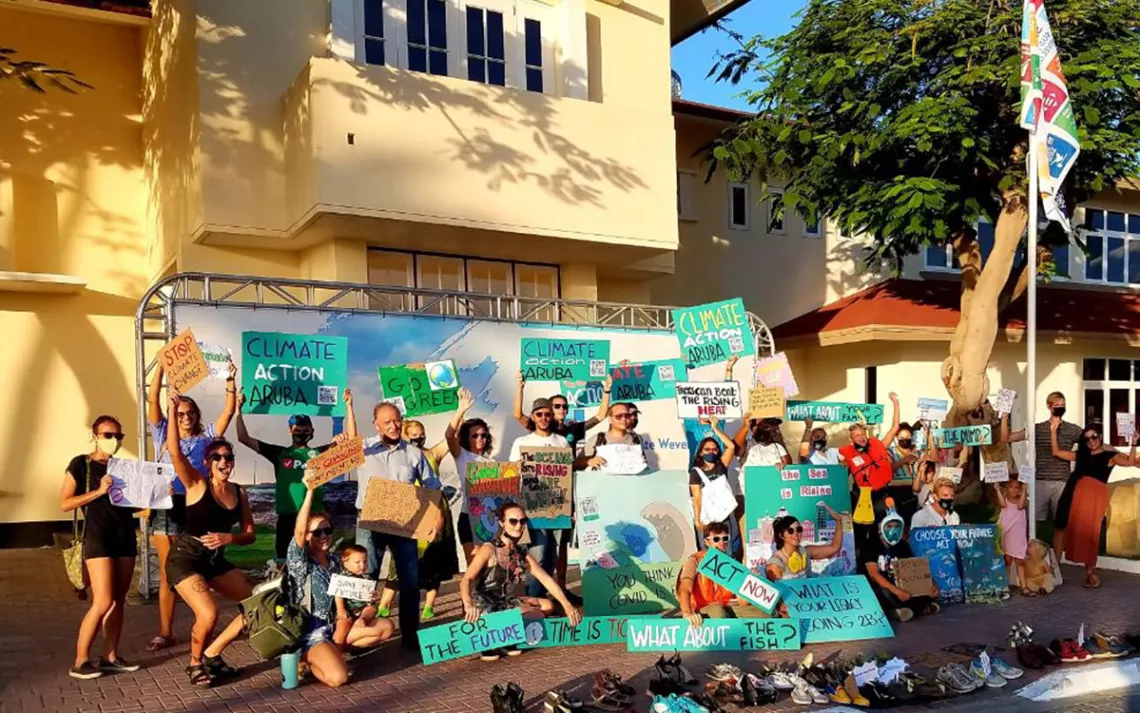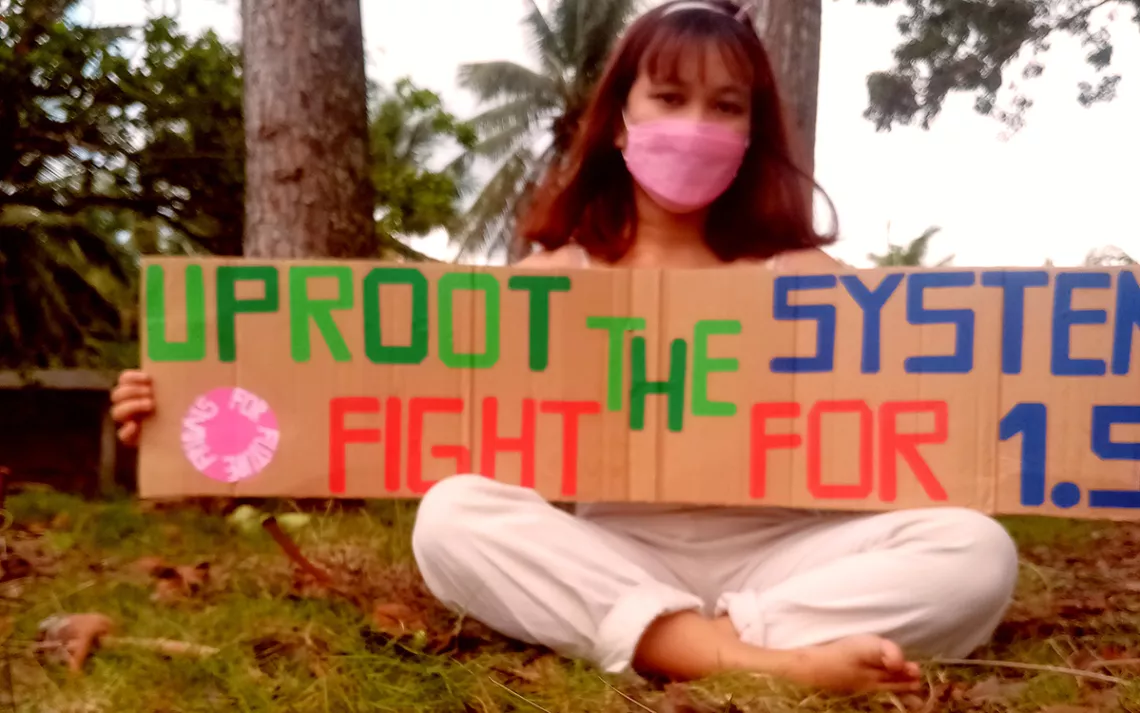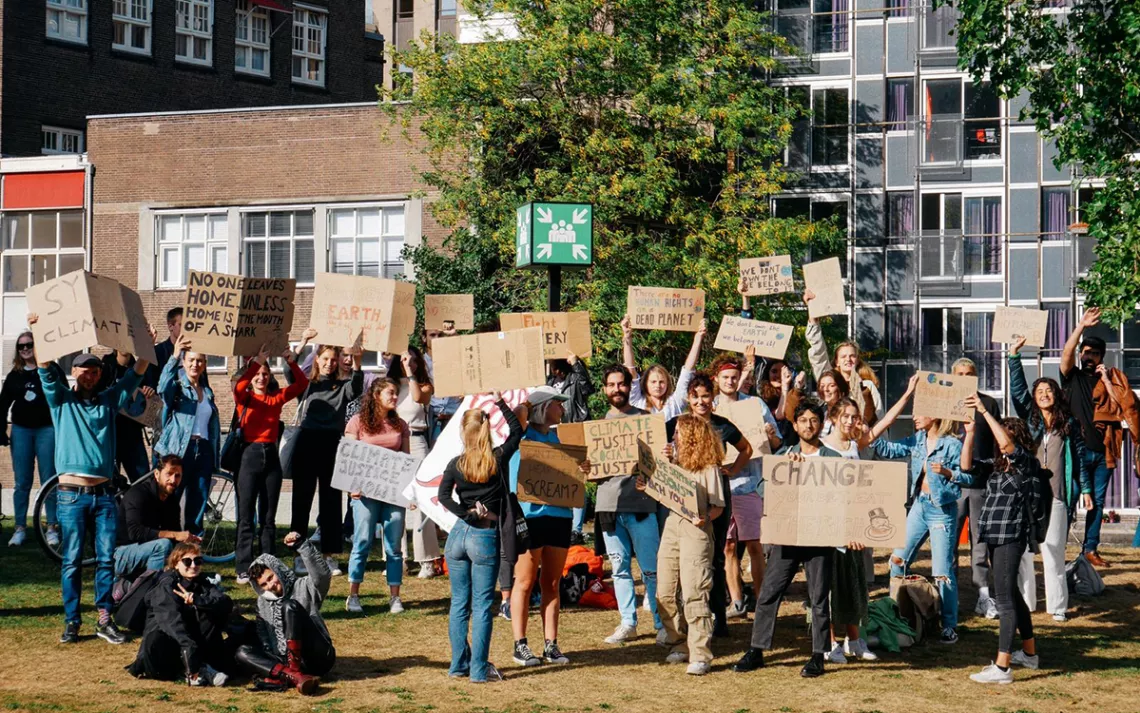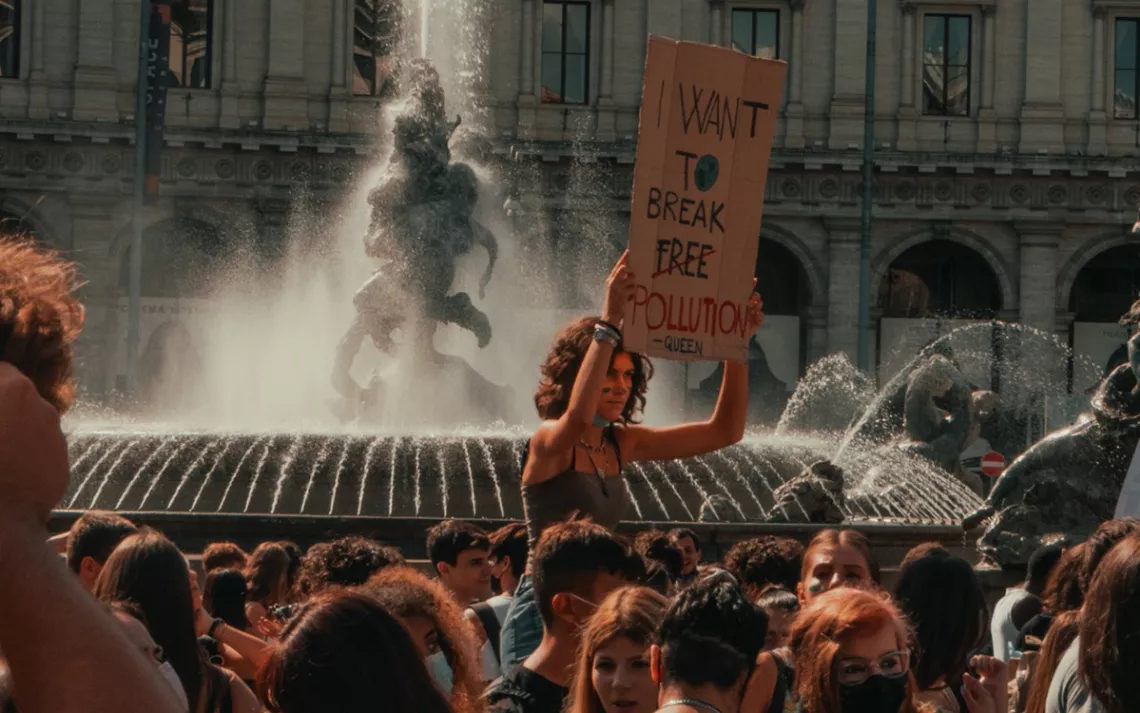Friday’s Global Climate Strike in Pictures
Youth activists take to the streets to #UprootTheSystem
Friday, September 24, marked the first time climate activists returned to the streets en masse since the coronavirus struck in 2020. More than 1,400 protests took place around the world, including about 300 in the United States. On the cusp of an important election in Germany, at least half a million protesters gathered in Berlin, where Greta Thunberg gave a stirring speech, telling the crowd, “There's no going back now. We can still turn this around. People are ready for change. We want change, we demand change, and we are the change."
Thunberg famously began weekly sit-ins in front of the Swedish Parliament in 2018, inspiring thousands of young people around the world to join her in protesting inaction on climate change. In September 2019, at least 7 million people participated in global climate strikes. Now, after stalling in the face of the global pandemic, climate strikes are intensifying again as activists gear up for a series of United Nations meetings on climate change that culminate in early November at COP26.
The rallying cry for Friday’s mass mobilization was “Uproot the System.” Fridays for Future activists, who coordinated the global event, aimed to draw attention to multiple overlapping crises and highlight the ways the capitalist system exploits poorer countries, which also suffer the worst impacts of climate change.
Mitzi Jonelle Tan, a youth activist in the Philippines, told Sierra via email, “With this strike, the Fridays for Future movement is focusing on the systemic roots of the climate crisis and how it intersects with all other socioeconomic crises and systems of oppression and injustice.”
She and other activists are demanding that world leaders come up with concrete action plans to drastically cut emissions, phase out fossil fuels, and provide reparations to the Global South from the Global North for its outsized role in causing the climate crisis.
Here’s a snapshot of some of the protests held around the world.
 The Magazine of The Sierra Club
The Magazine of The Sierra Club
